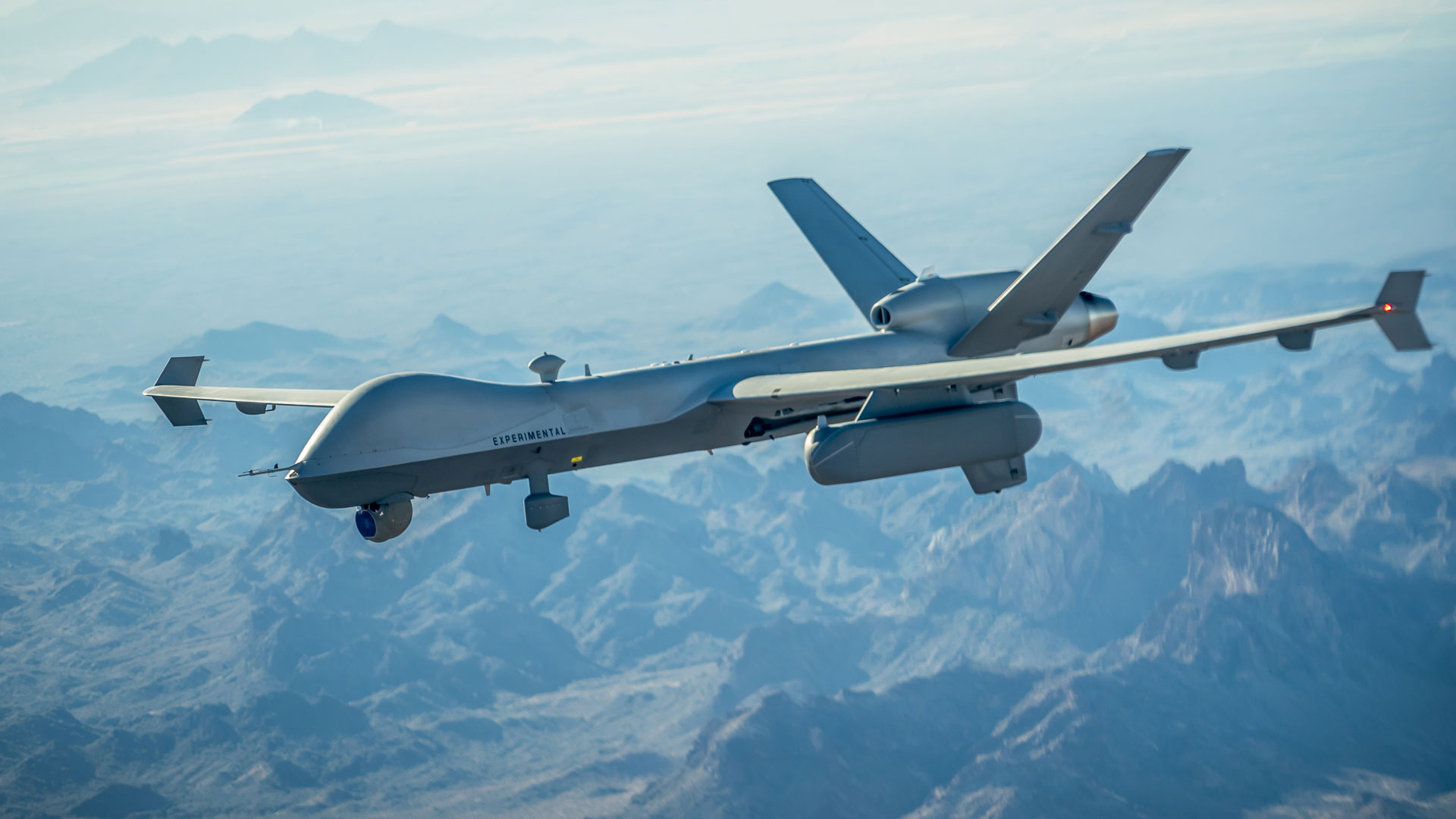UAV.com Staff Report
European and North American leaders are gathering in Washington for a summit of the North Atlantic Treaty Organization against a security backdrop that none of them wants.
The world's mightiest military alliance, built up from the ashes following the devastation of World War II, has kept the Atlantic allies secure for decades against a serious threat from the East. Unfortunately, even as NATO records its 75th year, the threat is as pressing as it's ever been – making NATO today as vital as ever.
One way it has responded has been with growth. In 2023 and then 2024, it added Finland and then Sweden. Another way has been with action – including with Steadfast Defender 24, its largest military exercise in decades, which brought together 90,000 troops, more than 50 ships, over 80 aircraft, and numerous other assets from all 32 allies.
And the Alliance and its members responded by increasing their preparedness across the board. One vital plank on which this work is built is the essential discipline of intelligence, surveillance, and reconnaissance.
With more than 800 new miles of territory added to its eastern front since the accession of the new members, NATO's task of monitoring and patrolling is more difficult than ever. Uncrewed aircraft systems already play an important role in helping to defend the Alliance, and they are poised to increase the depth and breadth of that contribution across every operating environment.
The MQ-9A Reaper®, built by General Atomics Aeronautical Systems, Inc., already is in service with the governments of the United States, United Kingdom, Italy, France, Spain, Poland, and the Netherlands.
The newer, more capable MQ-9B SkyGuardian® and SeaGuardian® are entering service as well, including with the UK's Royal Air Force, the Royal Canadian Air Force, Belgium, and others. With a greater wingspan, more endurance, better sensing, and a diverse and high-capacity range of multi-mission payloads, MQ-9B is the optimal aircraft for NATO and its members as they strengthen their defenses.
The aircraft is the only one of its kind built to be certifiable for unrestricted access to and integration within national airspace systems. Its onboard Detect and Avoid System, which helps permit this, lets it function like a conventional aircraft; MQ-9B's pilots talk to air traffic controllers just like traditional ones.
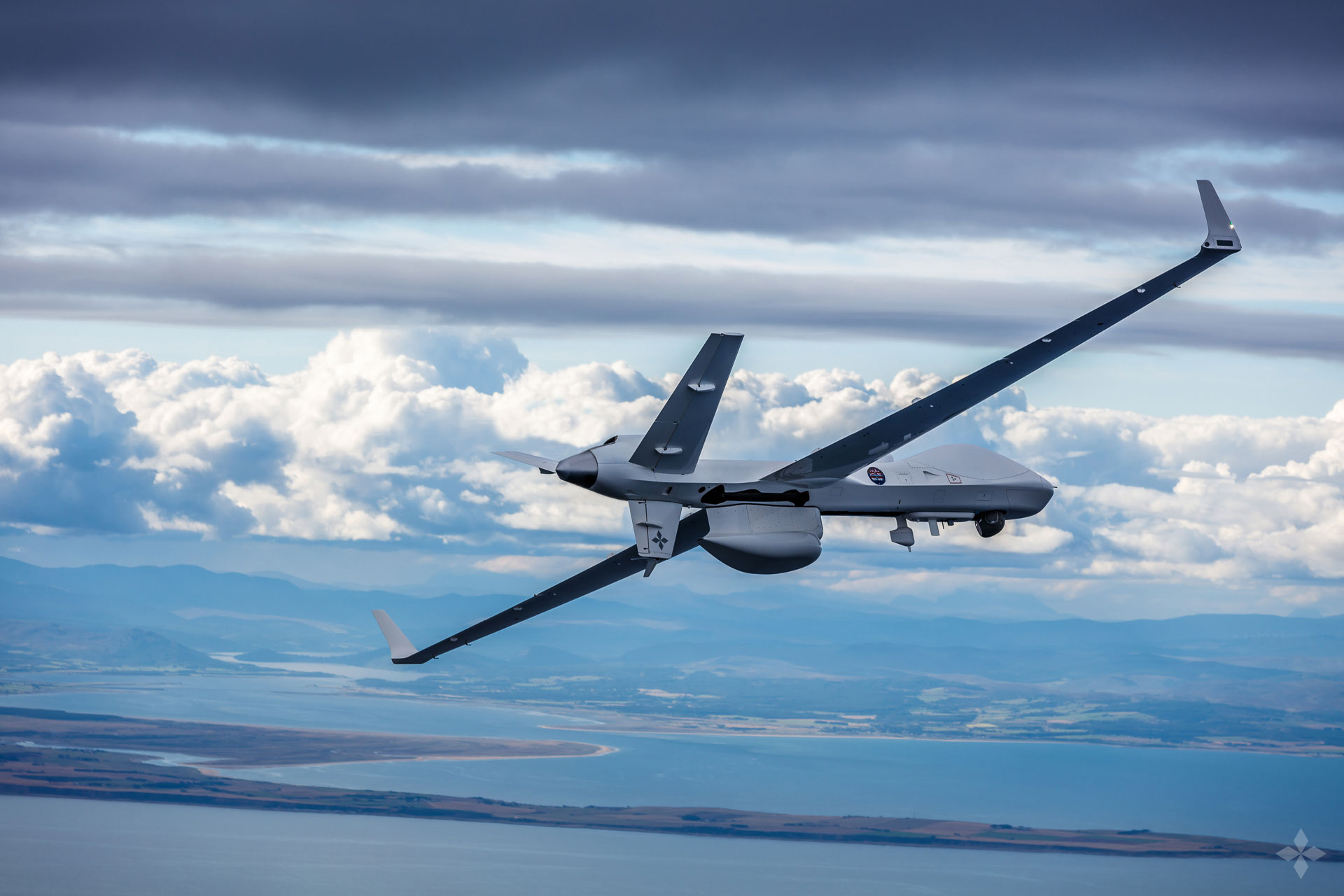
With the ability to stay in the air for more than a day, in some configurations, as well as its multi-spectral targeting, intelligence collection, and other capabilities, MQ-9B is the highest-performing sensing platform of its kind in the world today. The aircraft also can serve as a communications relay or carry another specialized payload depending on mission needs.
Another area in which MQ-9B excels as no other platform can is maritime domain awareness, including all the way up to the high latitudes of the Arctic. With a 360-degree maritime surface search radar, the SeaGuardian can cover huge sections of ocean surface and provide highly precise, long-endurance situational awareness. The aircraft also can take on board sonobuoys and help search for submerged targets – something no other unmanned aircraft can do. SeaGuardian can perform sonobuoy processing and track dissemination with or without the sonobuoys on board.
A new generation of forthcoming sensors, including the EagleEye active electronically scanned array radar, will make the pending SeaGuardian and SkyGuardian aircraft ever more relevant. This system will fly on forthcoming aircraft soon and will let them detect targets at much greater ranges, perform new and more capable forms of sensing, and, when equipped with a tactical data link, collaborate with crewed aircraft to achieve greater efficiencies and ranges than otherwise possible alone.
This collaboration – sometimes called manned-unmanned teaming – is another important contribution that uncrewed systems make to collective defense. These aircraft are potent on their own, but when they operate in greater numbers, or when part of a multi-domain operation that includes human-flown aircraft, ground vehicles, ships, and so on, they enable a whole new degree of awareness and cooperation.
In the case of maritime patrol, SeaGuardian can both extend the range and endurance of a big ocean search or similar operation, or it can take the place of a larger human-crewed patrol aircraft – operating at a fraction of the cost.
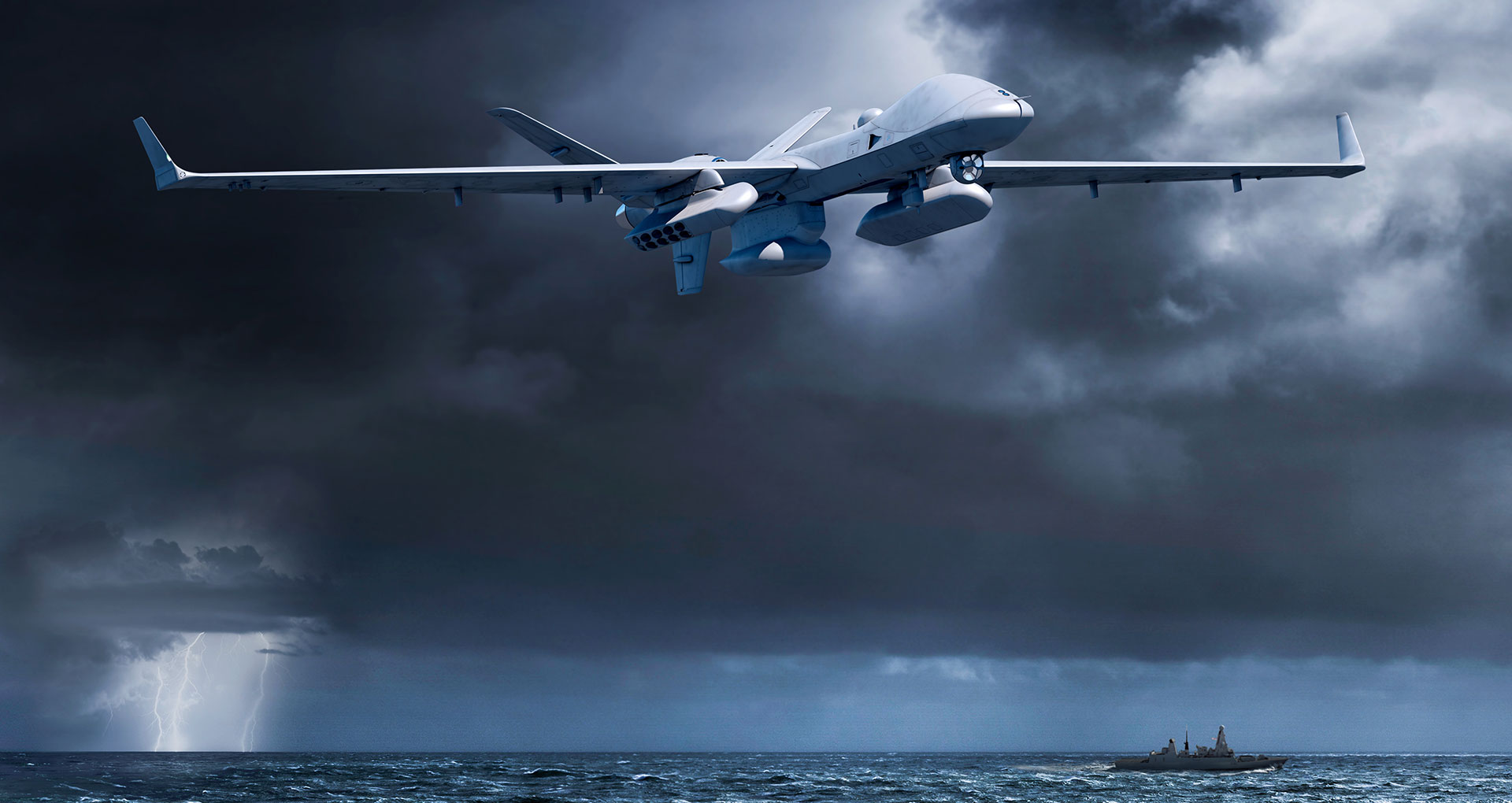
Governments also will be able to incorporate their own proprietary payloads aboard aircraft using common pods agnostic about the sensing or communications equipment they contain. This means they can rapidly and economically deploy, adjust, and re-deploy new capabilities much more easily than they used to.
Short Takeoff and Landing
Medium-altitude, long-endurance aircraft are themselves becoming more capable too. One big focus area for future programs is short takeoff and landing. For example, the Gray Eagle STOL and MQ-9B STOL aircraft need much less ground roll than the standard models, meaning they can operate from unimproved surfaces, ships at sea, or even a neighborhood soccer pitch.
This solves a big problem for advanced users: getting a full-featured unmanned aircraft with good endurance and a useful payload into action without depending on big fixed conventional airports. Other novelty proposals – aircraft shot from a tube, or flung by a catapult, or blasted by a rocket – involve platforms too small to fly for very long or carry a useful payload.
Gray Eagle STOL and MQ-9B STOL, on the other hand, have an airborne endurance capability of around 24 hours, depending on their configuration, and the same high-quality sensing and communications equipment as their original counterparts. A flying demonstrator aircraft, known as Mojave, has proven much of what is possible with STOL unmanned aircraft in a series of history-making tests.
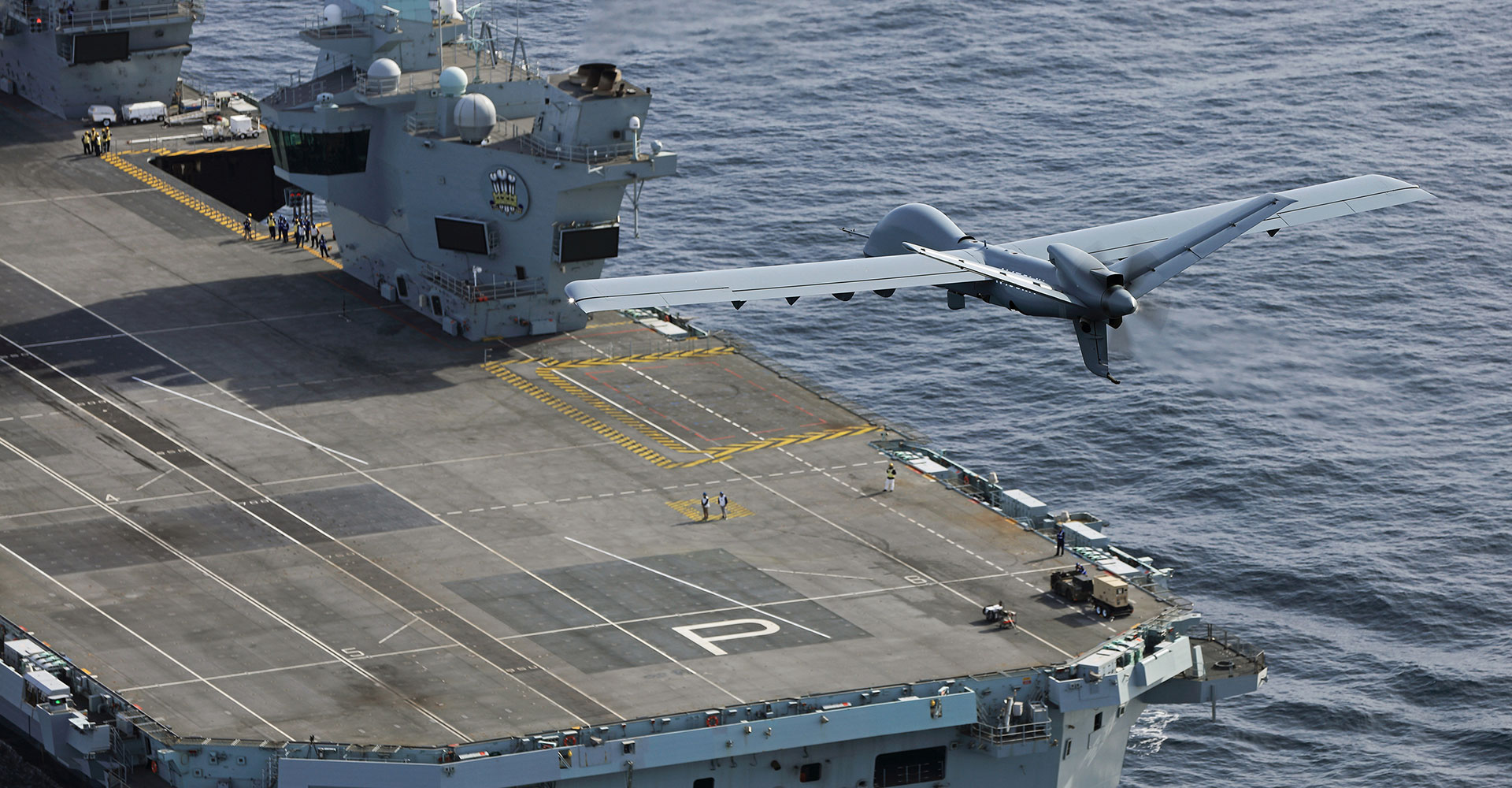
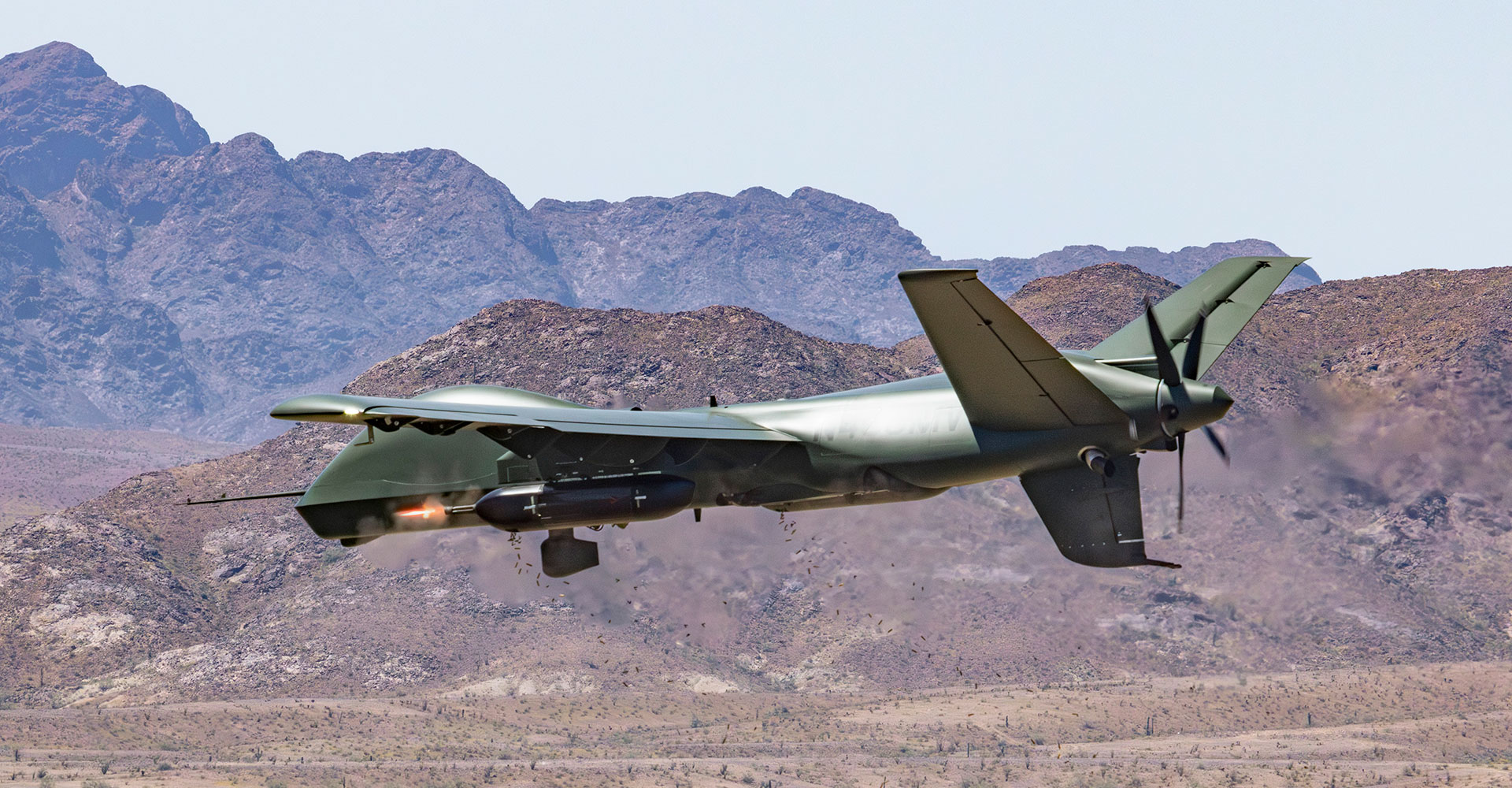
Mojave has operated from unimproved surfaces in the California desert, from the flight deck of the HMS Prince of Wales in the Atlantic Ocean, and above a U.S. Army test range in the Western United States, where it destroyed a number of static targets using a pair of Dillon Aero miniguns.
Although Mojave is a demonstrator and testbed, it is highly common with the standard Gray Eagle aircraft. This commonality has enabled designers and engineers with General Atomics Aeronautical Systems to move quickly from the production-model aircraft to the short takeoff and landing demonstrator – and underscores the value of using proven aircraft to significantly lower the cost and risk in fielding a new aircraft as compared with something designed off a clean sheet of paper.
This approach – of using well-understood, well-proven aircraft and other systems as the basis for innovative new technologies and capabilities – is what's going to help the nations of the Atlantic Alliance best meet the challenges they're confronting. Even at 75 years along, the ideal end state for NATO is the same as it has always been: that peace and security in Europe and the world make it unnecessary. Until that day comes, however, as the nations of the Alliance mark NATO's anniversary, they must do all they can to keep themselves and NATO ready.
